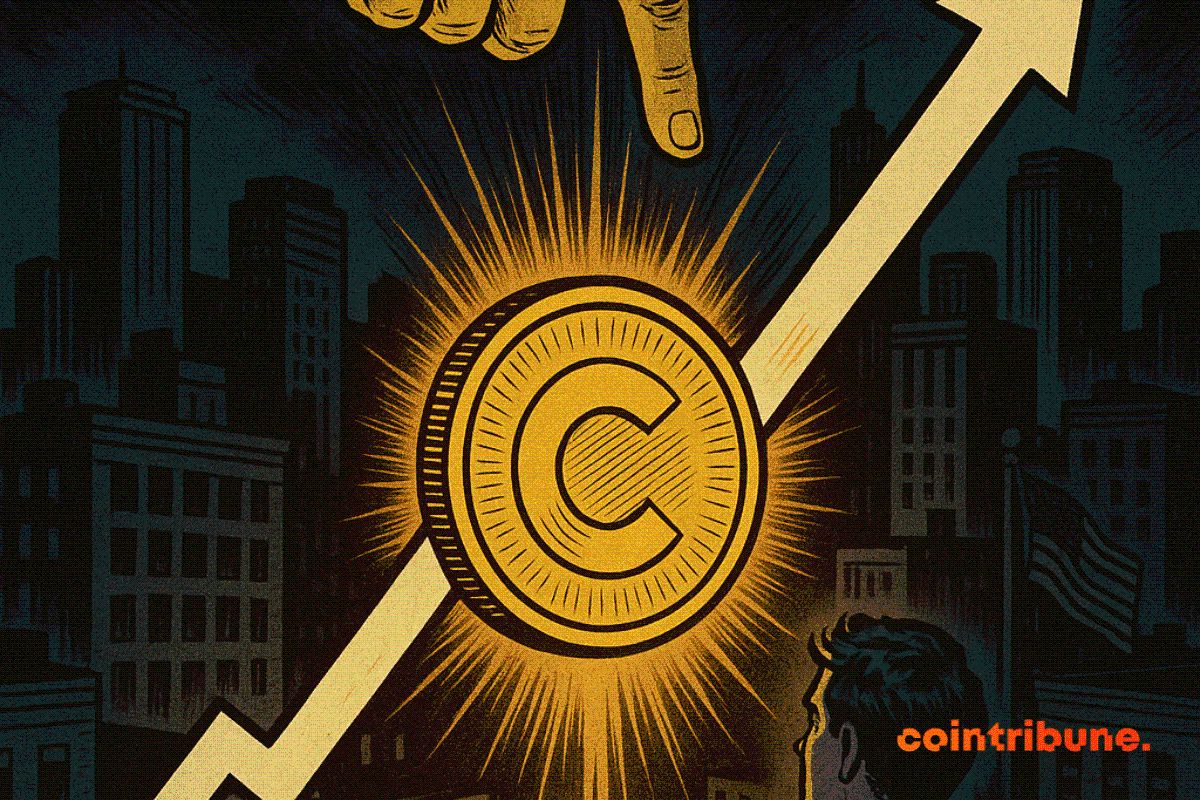Is XRP Poised to Break Above $2.64 and Challenge a New All-Time High?
- XRP faces critical technical support at $2.64, where Fibonacci levels, moving averages, and liquidity accumulation converge, signaling potential for a breakout toward $3.30. - Institutional demand surges with $9.02B in derivatives volume and 1,100% higher open interest, driven by XRP's utility in cross-border payments and Ripple's ODL expansion. - SEC's 2025 commodity classification removes regulatory hurdles, accelerating ETF approvals that could inject $5–$8B in capital, mirroring Bitcoin's ETF-driven
The cryptocurrency market in 2025 is witnessing a unique alignment of technical, institutional, and macroeconomic forces that could propel XRP to uncharted territory. As the token consolidates near the $2.64 level—a confluence of Fibonacci retracements, moving averages, and liquidity accumulation—investors are asking: Is XRP on the cusp of a breakout that could challenge its all-time high?
Technical Confluence at $2.64: A Linchpin for XRP's Trajectory
The $2.64 level is more than a number; it is a structural fulcrum for XRP's short- and medium-term trajectory. This price point coincides with the 0.618 Fibonacci retracement level and the 50-day exponential moving average, creating a rare technical confluence. Over the past 45 days, Bollinger Bands have compressed to their narrowest width, a historical precursor to sharp price movements. Meanwhile, the Relative Strength Index (RSI) hovers at 49.14, signaling neutrality but not exhaustion—a sign that XRP could either consolidate further or surge upward.
The Parabolic SAR indicator has shifted below the price, reinforcing a bullish bias, though the MACD remains in a neutral-to-bearish range, suggesting caution. Institutional liquidity accumulation at this level—bolstered by whale activity and consistent volume—adds a layer of psychological support. If XRP sustains above $2.64, the next targets are $2.80–$3.00, with a potential retest of $3.30. A breakdown, however, could expose the asset to $2.70 and $2.78, reigniting bearish pressure.
Institutional Demand and Structural Bullishness
The technical narrative is amplified by a surge in institutional demand. XRP derivatives trading volume hit $9.02 billion in 2025, with CME Group reporting a 1,100% surge in open interest for XRP futures. This liquidity surge reflects strategic allocations by banks, hedge funds, and asset managers, who view XRP not as a speculative token but as a foundational asset for cross-border payments.
Ripple's On-Demand Liquidity (ODL) service, now operational in 90+ markets, has unlocked $7.1 billion in institutional XRP holdings. Major banks like Santander and JPMorgan are leveraging XRP to reduce cross-border transaction costs by up to 70%, a utility-driven demand that transcends market cycles. Additionally, Ripple's RLUSD stablecoin—backed by U.S. Treasuries and custodied by BNY Mellon—is gaining traction in institutional portfolios, further solidifying XRP's role in global finance.
The August 2025 SEC ruling, which classified XRP as a commodity in secondary markets, has removed a critical regulatory overhang. This clarity has accelerated the path to XRP ETF approvals, with seven major providers submitting applications. If approved, these products could inject $5–$8 billion in institutional capital, mirroring Bitcoin's ETF-driven rally.
Macro Momentum: Dovish Policy and Risk-On Sentiment
The broader macroeconomic environment is a tailwind for XRP. The U.S. Federal Reserve's dovish stance has reduced discount rates for future cash flows, making high-growth assets like XRP more attractive. With global remittances reaching $685 billion in 2024, XRP's utility in fast, low-cost settlements (processing 3,400 transactions per second) positions it as a bridge between traditional finance and blockchain innovation.
Crypto-friendly policies, including the inclusion of digital assets in 401(k) retirement plans, have further normalized institutional exposure. Easing inflation expectations and a risk-on environment have also shifted capital flows toward alternative assets, with XRP benefiting from its dual role as both a speculative and utility-driven token.
Investment Implications and Strategic Considerations
For investors, the $2.64 level represents a critical decision point. A sustained breakout could trigger a retest of $3.30, while a breakdown would likely expose XRP to $2.70. Positioning should balance technical signals with macroeconomic catalysts:
1. Short-Term Traders: Monitor volume validation at $2.64 and Bollinger Band expansion. A breakout above $2.64 with rising volume could signal a bullish trend.
2. Long-Term Investors: Consider accumulating XRP as a hedge against regulatory clarity and institutional adoption. The pending ETF approvals and cross-border utility provide a strong fundamental case.
3. Risk Management: Set stop-loss levels below $2.70 to mitigate downside risk if the confluence breaks.
Conclusion: A Confluence of Forces
XRP's potential to break above $2.64 and challenge a new all-time high hinges on the interplay of technical, institutional, and macroeconomic forces. The confluence of Fibonacci levels and liquidity accumulation, combined with institutional adoption and dovish monetary policy, creates a compelling case for bullish momentum. However, investors must remain vigilant—volatility and regulatory uncertainties persist. For those with a medium-term horizon, XRP's structural setup in 2025 offers a rare opportunity to participate in a token that is evolving from speculative asset to financial infrastructure.
As the market awaits the outcome of XRP ETF approvals and the next phase of institutional inflows, the $2.64 level will remain a pivotal battleground. Whether it holds or breaks, the next move could redefine XRP's role in the crypto ecosystem—and its price trajectory for years to come.
Disclaimer: The content of this article solely reflects the author's opinion and does not represent the platform in any capacity. This article is not intended to serve as a reference for making investment decisions.
You may also like
When Polkadot's $500 million security cost becomes a burden, Gavin Wood offers three solutions!

Will Bitcoin rise or fall next year? Institutions and traders are fiercely debating
Bitcoin continues to decline, once again dropping below 100,000.

Swiss Startup To Launch Cloud Alternative Powered By Phones
